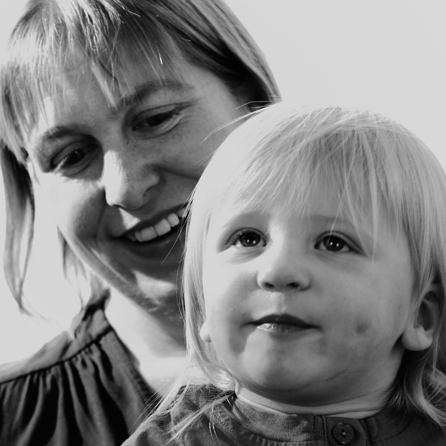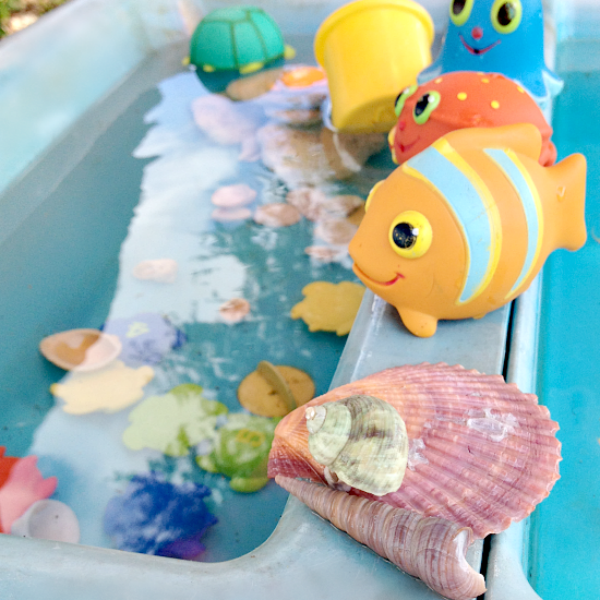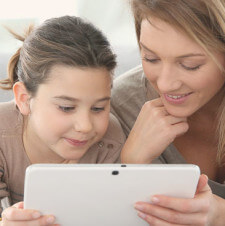Activities to Keep Younger Siblings Busy
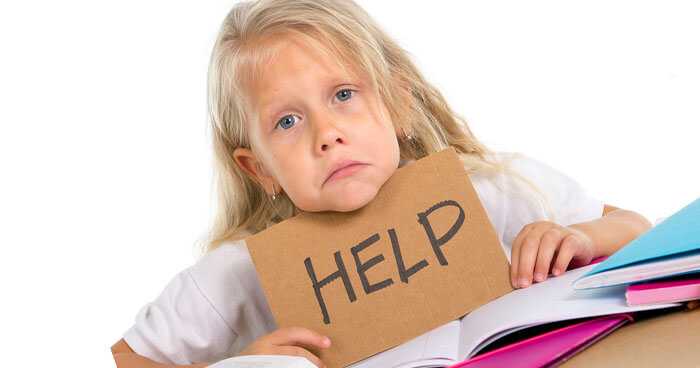
Whether you are homeschooler or your children attend school and you have a younger child, I am 90 percent sure that you are with me on this – what do you do when it’s time to support the older child’s learning? Even if you have two in school who are in different grades, how do you manage it?
This is how it went in my house until recently; the homework folder or reading book and log came out of the school bag and we started for the table so I could support my eldest. We would sit down and within seconds, my youngest would arrive. She must have radar for homework time. I tried to focus on “how many different ways can we make 20 pence using these coins.” Three minutes into it, the youngest stole half our coins and wanted to do the homework as well. She began shouting,”Mummy, can you hold the penny so I can draw around it?” Ugh.
My eldest doesn’t have much patience (okay, he lacks any sort of patience). Homework time would turn into a shouting match between the two children, and I would be frustrated. It wasn’t working. Thinking caps went on, and I looked back at what had worked in the past with my youngest. When nap time dropped (at 18 months), we introduced quiet time activities which were a real success; however, when I tried them earlier in the year, she rebelled as they weren’t like the learning activities that my eldest was doing.
So here are five ideas that will help to keep younger kids busy whilst you’re needed to support learning with another child…
Activities to Keep Younger Siblings Busy
1. Magnetic Letter Hunt
This has proven to be really successful! Empty magnetic letters on a tray and find those in her name or a word from the letter of the week they are focusing in at preschool. Let her hunt for the letters that match from the big assortment. When she finds them all, swap over the word and she starts again. Because she’s learning she feels that it’s her homework time as well.
What I love about this is that even without any letter knowledge you can adapt it, all of the letters of the same color, tall letters, round letters. Those with more knowledge match upper and lower case or write out their sight words that they are learning.
2. Alphabet Scavenger Hunt
Print off a set of letters from the alphabet, make sure that they are playing card size – or if you have some flashcards that are suitable, use them. Randomly pick a letter from the pack and send your child to find things that start with that letter. For some letters we get interesting objects, but it’s a great, active way to get the younger child thinking about their letters and you can work with the older child while the younger one is searching.
3. Button Snakes
This takes a little preparation, but once you have one made, you can reuse it time and time again. You can extend it a step further by stating the pattern of colors you want threaded onto the snake. With some felt, a button, ribbon and basic sewing skills you can easily create this button snake.
4. Stickers
We have a huge collection readily available to the kids and it’s one of the ways that we encourage their creativity everyday. Instead of a free for all, I tend to focus the stickers on creating a story. Add some colouring pencils to create the scenery and she may spend the time producing a page for a princess story, a dinosaur hunt or an undersea scene depending on what stickers we’ve got at the time.
5. Ink Stamps
A little messy, but we’ve been using a ink stamps a lot during homework time. We have an alphabet set as well as characters and, like the stickers, my youngest will happily stamp away making her own printed storybooks. She knows what they say, but I’m in the dark apart from the author’s name on the front page.
Bonus Idea – Wipe Clean learning books
I’ve managed to pick up a few early years wipe clean books on special offer at the supermarket. Books that focus on pre-writing skills and letter formation, another on early maths and yet another on beginning reading. My youngest will happily trace over the lines, count the objects and instead of hindering the homework process, I’ve discovered that my eldest will pause and give her a hand with something.
Click to see more from the Playroom
PIN IT FOR LATER:
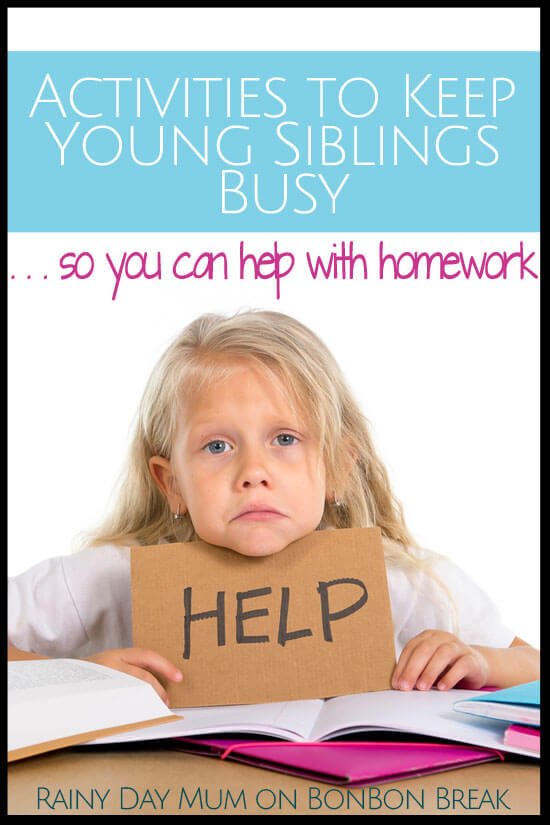
This post was written by Cerys exclusively for BonBon Break Media, LLC.
